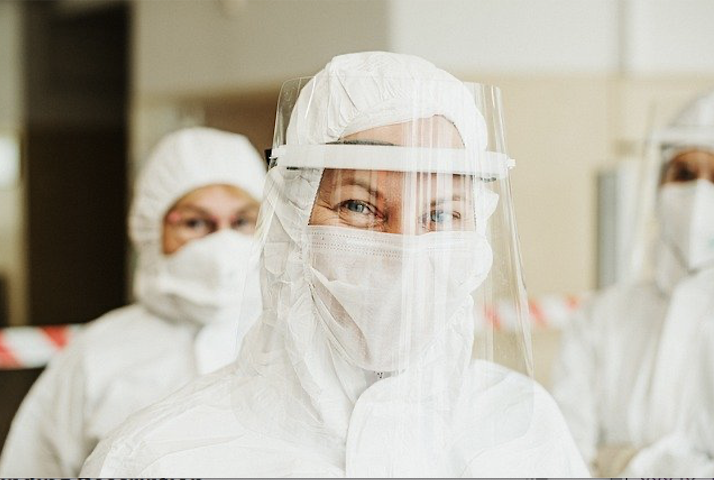
Workplace safety goes beyond avoiding heavy lifting, slips, and falls. It includes eye protection.
At least 90% of our daily activities use our eyes. Every day, approximately 2000 mining workers suffer from eye injuries that must require medical attention in the US alone. That is 300,000 workplace eye injuries that send people to the emergency room every year, nationwide. OSHA reports that workplace eye injuries cost an estimated $300 million a year in lost productivity, medical treatment, and worker compensation. But, workplace-related eye injuries are a global phenomenon. A majority of these incidents occur because workers do not wear the recommended PPE for certain tasks. This can be due to a variety of reasons such as discomfort, fatigue, unsuitability for the task, etc.
In Australia, the largest mines are continually improving protection against eye injuries by implementing new PPE innovations such as Bollé Safety’s Rush+ specs for medium impact protection, and Ultim8, which is reminiscent of swimming goggles, with a 180-degree panoramic vision. It is up to the businesses to implement and enforce safety policies and build PPE adequate for the tasks at hand, but it boils down to the individuals to look at those policies actively and wear the correct protective eyewear. The goal is to reduce the need for seemingly insignificant events such as briefly removing one’s fogged up glasses, which is a potential precursor to some of the biggest injuries that occur in the workplace, such as the loss of an eye or vision.
According to Shweta Kaushik, a fellow of the Royal Australian and New Zealand College of Ophthalmologists, the vast majority of eye injuries are caused by foreign metal bodies that enter the eye. This renders simple safety glasses ineffective. The global mining industry is taking note of this discrepancy of effective PPE across mining sites and employees. As a result, Mines are taking hard stances to implement strict, continually-improving, guidelines to protect the eyes of miners, according to Kevin Webster, a mining worker in Australia. Mining operators can change inefficient, unsafe processes and equipment and put checks and balances in place to protect workers against any exposure that could lead to an eye injury.
The manufacturing of safety glasses should strictly adhere to your nation’s safety standards, such as the United States’ American National Standards Institute (ANSI), and the Occupational Safety and Health Administration (OSHA) compliance for eye and face protection and Australia’s Safework Australia, or New Zealand’s Standards. Just like respirator fit testing, mining companies are looking for eyewear that fits users, with minimal gaps around the lenses, to maximize comfort and prevent harmful particulates from entering the eye. When it comes to choosing the right protective eyewear for your application, one size does not fit all, but it is important to ensure that your eye protection is appropriate for the type of hazard present, and fits the individual well.